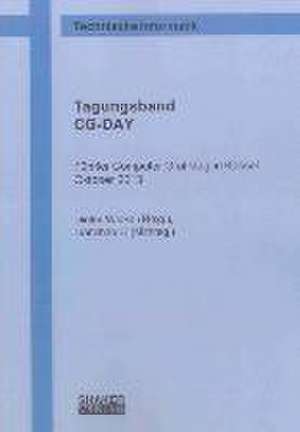Tagungsband CG-DAY: Technische Informatik
Editat de Dieter Wlokaen Limba Engleză Paperback – 30 dec 2013
Preț: 139.34 lei
Preț vechi: 174.17 lei
-20% Nou
Puncte Express: 209
Preț estimativ în valută:
26.66€ • 27.93$ • 22.10£
26.66€ • 27.93$ • 22.10£
Carte indisponibilă temporar
Doresc să fiu notificat când acest titlu va fi disponibil:
Se trimite...
Preluare comenzi: 021 569.72.76
Specificații
ISBN-13: 9783844024579
ISBN-10: 3844024573
Pagini: 114
Dimensiuni: 146 x 208 x 10 mm
Greutate: 0.17 kg
Editura: Shaker Verlag
Seria Technische Informatik
ISBN-10: 3844024573
Pagini: 114
Dimensiuni: 146 x 208 x 10 mm
Greutate: 0.17 kg
Editura: Shaker Verlag
Seria Technische Informatik








